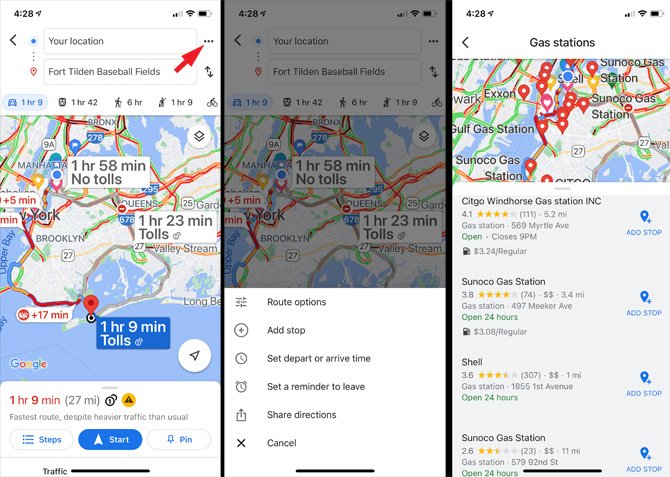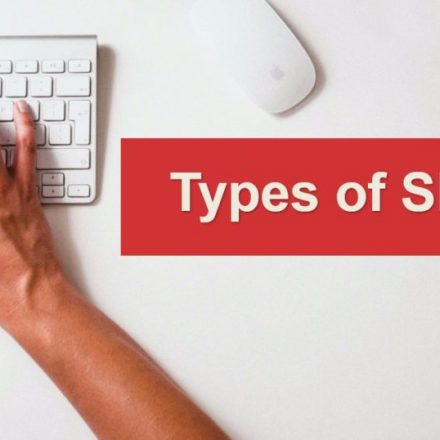
Never Lose Your Way Home Again! Add Map Today
On a much smaller scale, maps depict the real world. They help you go from one location to another. They aid with the organization of data. They can help you figure out where you are and how to go where you want to go. A map is any layout or guide that is used to provide direction. A map is a geological representation of a region’s layout used for guidance and direction in cartography. Maps are important in Human Geography study because they put demographic data into perspective. Geographers may provide spatial grounding and evidence by using physical maps and Geographical Information Systems. So, if you do not have it yet, add map to your life today.
What are maps?
A map is a visual depiction of a whole region or a portion of an area, usually on a flat surface. A map’s job is to depict precise and detailed aspects of a certain region, and it’s most commonly used to depict geography. There are static, two-dimensional, three-dimensional, dynamic, and interactive maps to choose from. Political borders, physical characteristics, roads, terrain, population, climates, natural resources, and economic activity are all shown on maps. Many maps are static, meaning they are set to paper or another permanent media, but others are dynamic and interactive. Although maps are most often used to show geography, they may represent any area, actual or imagined, regardless of context or size, as in brain mapping, DNA mapping, or computer network topology mapping.
History of maps
Maps have been existing for at least 8000 years. In ancient Greece, cartography had progressed tremendously. By the time of Aristotle, Greek philosophers had accepted the concept of a spherical Earth, which all geographers have since accepted. From cave paintings and rock carvings to ancient maps of Greece, Babylon, and Asia, map history begins with cave paintings and rock carvings from the era of discovery to the twenty-first century. Because all maps were produced by hand, their distribution was restricted. Advances in technology have enabled the development of maps with precise features, no form distortion, and lower wear and tear resistance. This also eliminated the need for engraving, reducing its time to manufacture and duplicate add map.
Why do we need maps?
There are many reasons why we need maps. Maps gather large amounts of data and show it in a visually appealing format that you may use to answer questions about your surroundings. Maps are graphical representations of complex information. Maps may appear to some to be excessive and confusing tools, yet they simplify your life. While GPS can get you from point A to point B, it falls short in terms of assisting you in visualizing your location about everything else. Maps aid spatial thinking by allowing children to visualize the locations of items, places, cities, and nations. Greater performance in math and science has been related to spatial thinking. In our global and technology culture, children who acquire strong spatial thinking abilities will have an edge.
Conclusion
In a word, maps are important for everyone. A good map can guide you through unfamiliar terrains easily and quickly. With the advent of GPS, anyone can add map and use the data to never get lost again.





